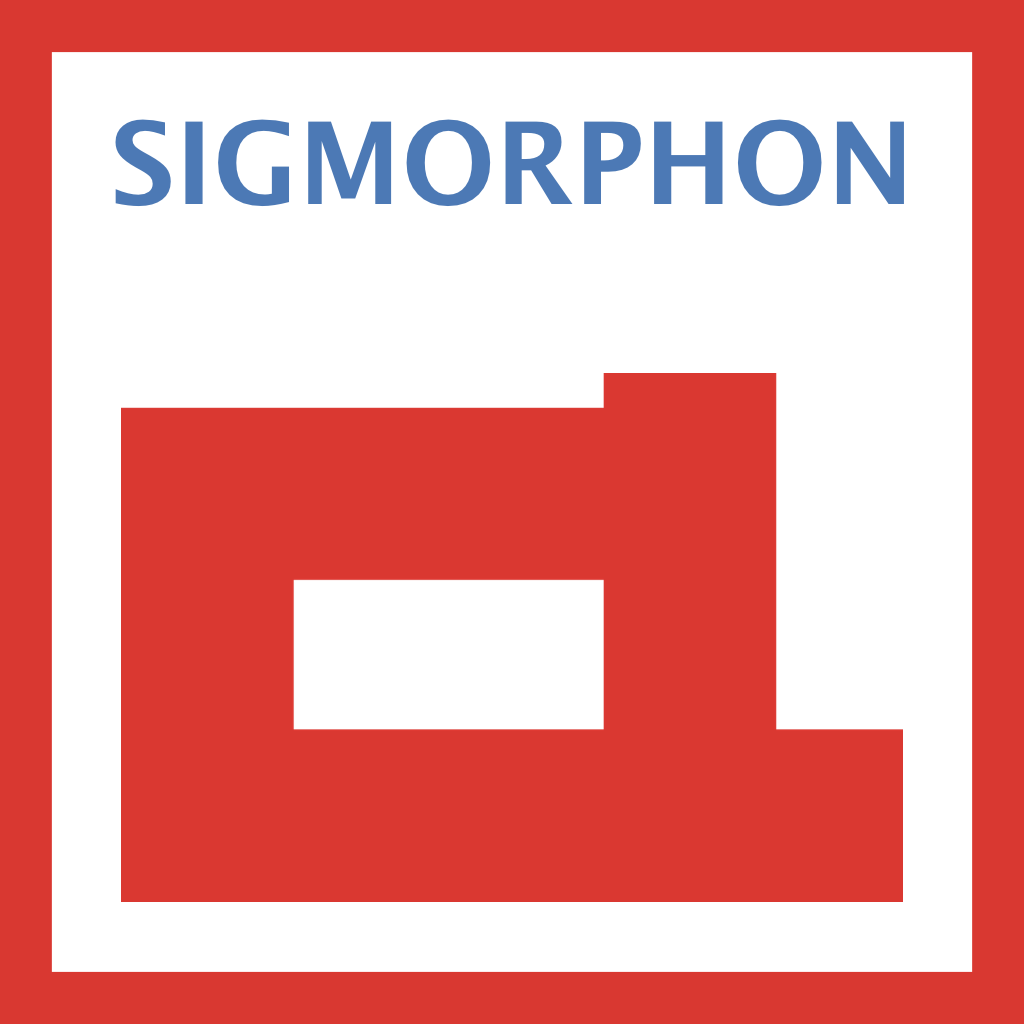### Parsing continuous speech into lexically bound phonetic sequences
Laura Gwilliams (University of California San Francisco)
University of California, San Francisco
Abstract: Speech consists of a continuously-varying acoustic signal. Yet human listeners experience it as sequences of discrete speech sounds, which are used to recognise words. To examine how the human brain appropriately sequences the speech signal, we recorded two-hour magnetoencephalograms from 21 subjects listening to short narratives. Our analyses show that the brain continuously encodes the three most recently heard speech sounds in parallel, and maintains this information long past the sensory input. Each speech sound has a representation that evolves over time, jointly encoding both its phonetic features and time elapsed since onset. This allows the brain to represent the relative order and phonetic content of the phonetic sequence. These dynamic representations are active earlier when phonemes are more predictable, and are sustained longer when lexical identity is uncertain. The flexibility in the dynamics of these representations paves the way for further understanding of how such sequences may be used to interface with higher order structure such as morphemes and words.
Bio: Laura Gwilliams received her PhD in Psychology with a focus in Cognitive Neuroscience from New York University in May 2020. Currently she is a post-doctoral researcher at UCSF, using MEG and ECoG data to understand how linguistic structures are parsed and composed while listening to continuous speech. The ultimate goal of Laura’s research is to describe speech comprehension in terms of what operations are applied to the acoustic signal; which representational formats are generated and manipulated (e.g. phonetic, syllabic, morphological), and under what processing architecture.
### Deep Phonology: Modeling language from raw acoustic data in a fully unsupervised manner
Gašper Beguš (University of California Berkeley)
University of California, Berkeley
Abstract: In this talk, I propose that language and its acquisition can be modeled from raw speech data in a fully unsupervised manner with Generative Adversarial Networks (GANs) and that such modeling has implications both for the understanding of language acquisition and for the understanding of how deep neural networks learn internal representations. I propose a technique that allows us to “wug-test” neural networks trained on raw speech, analyze intermediate convolutional layers, and test a causal relationship between meaningful units in the output and latent/intermediate representations. I further propose an extension of the GAN architecture in which learning of meaningful linguistic units emerges from a requirement that the networks output informative data and includes both the perception and production principles. With this model, we can test what the networks can and cannot learn, how their biases match human learning biases in behavioral experiments, how speech processing in the brain compares to intermediate representations in deep neural networks (by comparing acoustic properties in intermediate convolutional layers and the brainstem), how symbolic-like rule-like computation emerges in internal representations, and what GAN’s innovative outputs can teach us about productivity in human language. This talk also makes a more general case for probing deep neural networks with raw speech data, as dependencies in speech are often better understood than those in the visual domain and because behavioral data on speech (especially the production aspect) are relatively easily accessible.
Bio Gašper Beguš an Assistant Professor at the Department of Linguistics at UC Berkeley where he directs the Berkeley Speech and Computation Lab (https://twitter.com/berkeleysclab). Before coming to Berkeley, he was an Assistant Professor at the University of Washington and before that he graduated with a Ph.D. from Harvard. His research focuses on developing deep learning models for speech data. More specifically, he trains models to learn representations of spoken words from raw audio inputs. He combines machine learning and statistical modeling with neuroimaging and behavioral experiments to better understand how neural networks learn internal representations in speech and how humans learn to speak.
